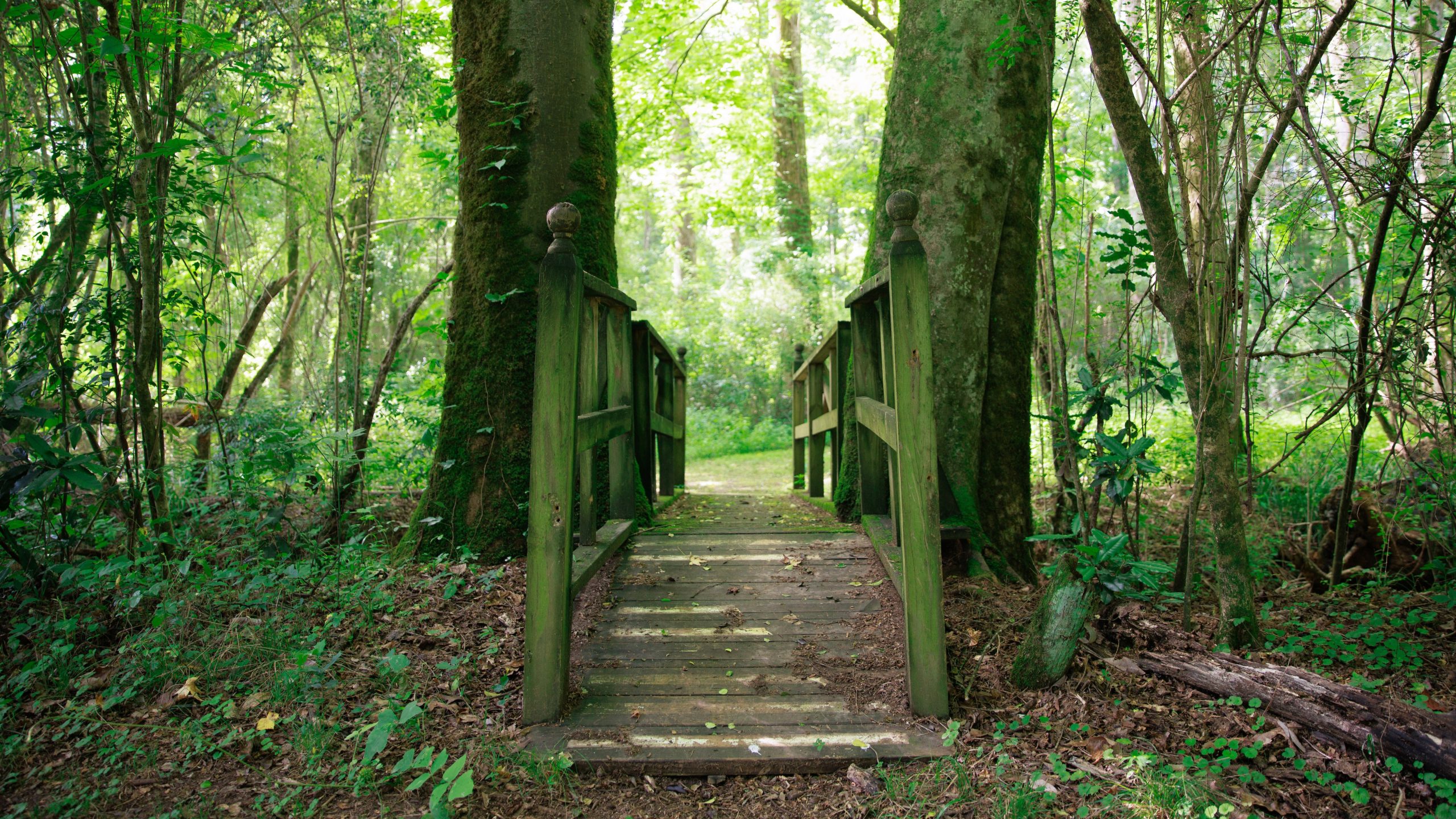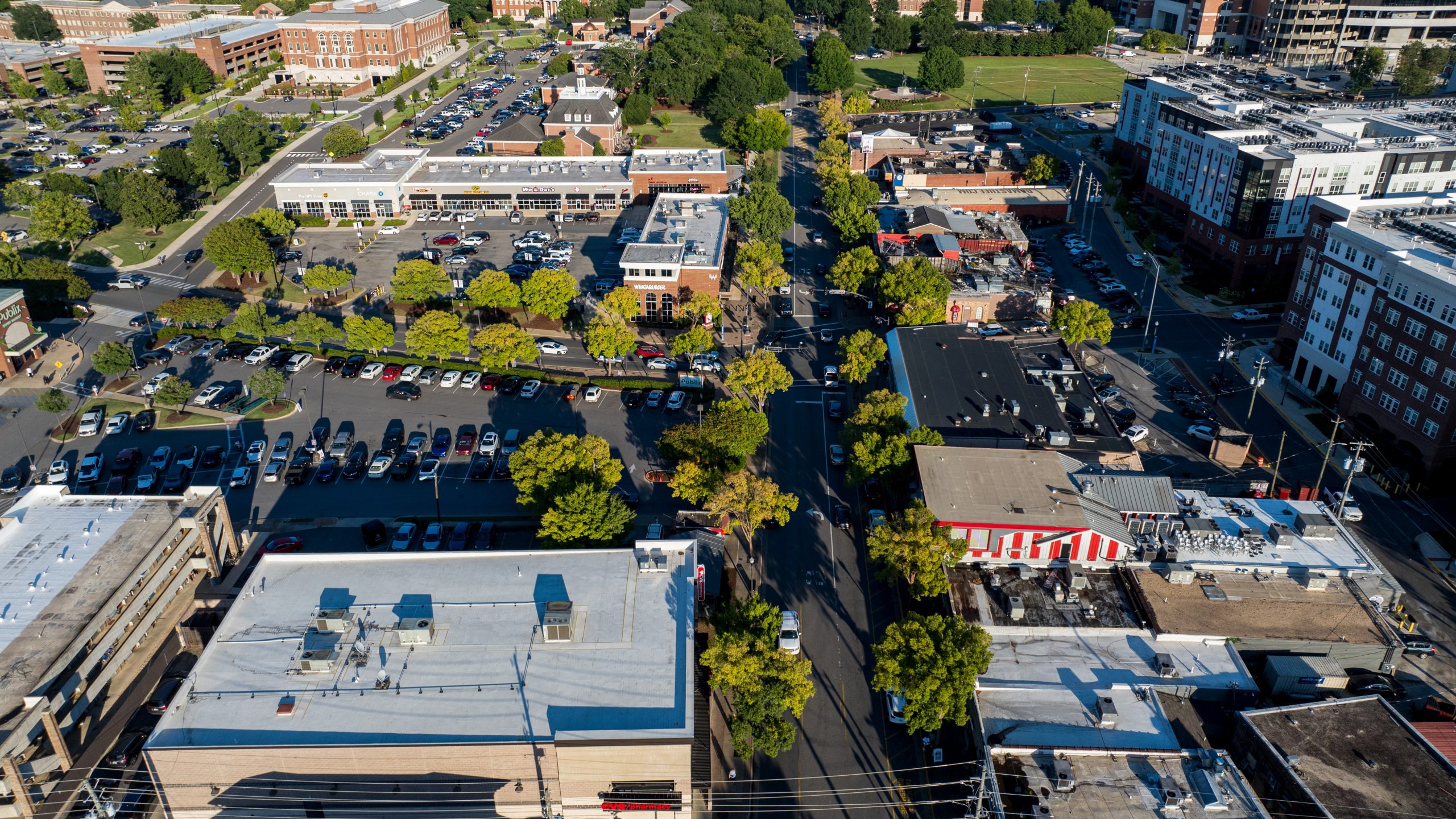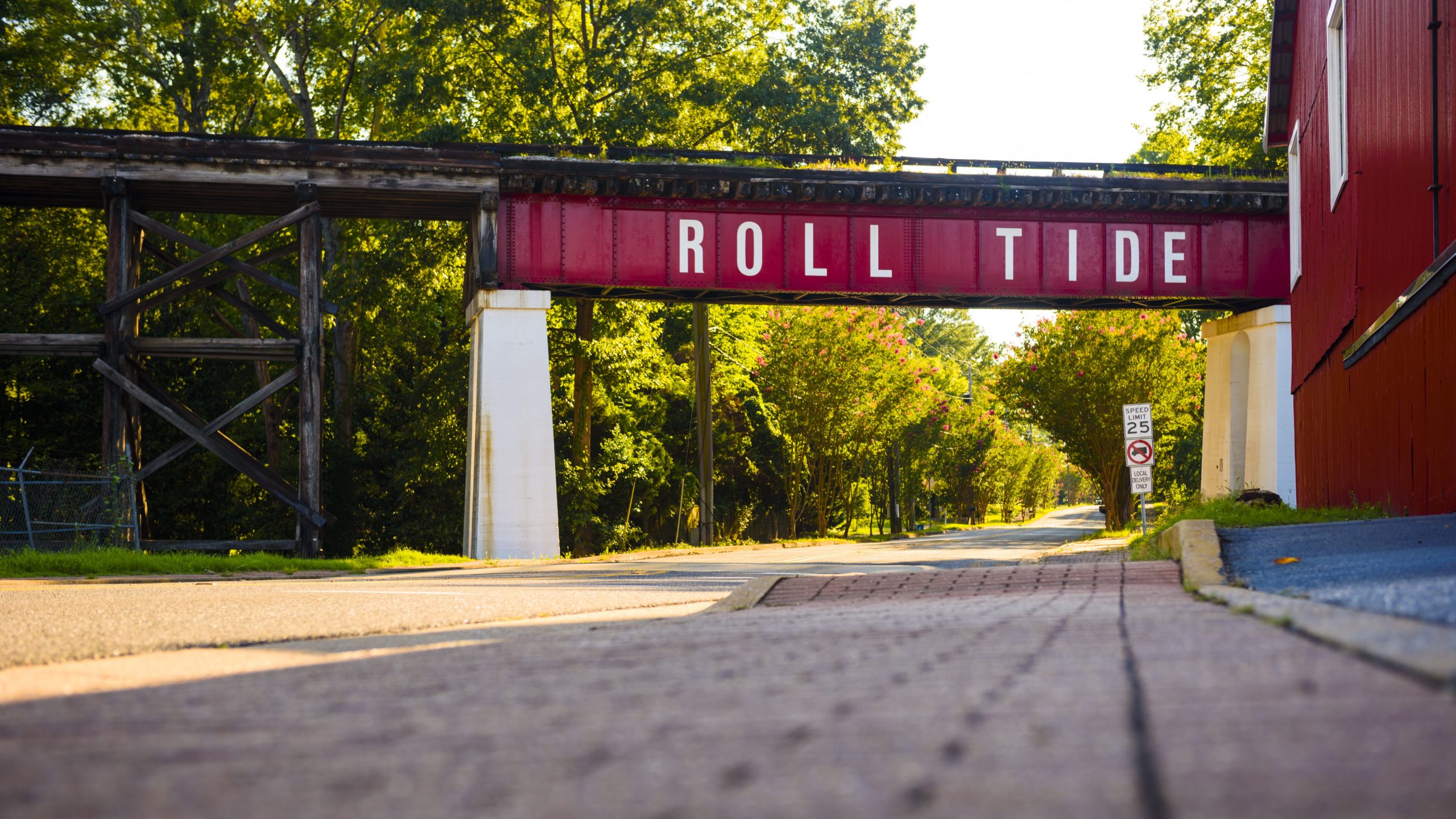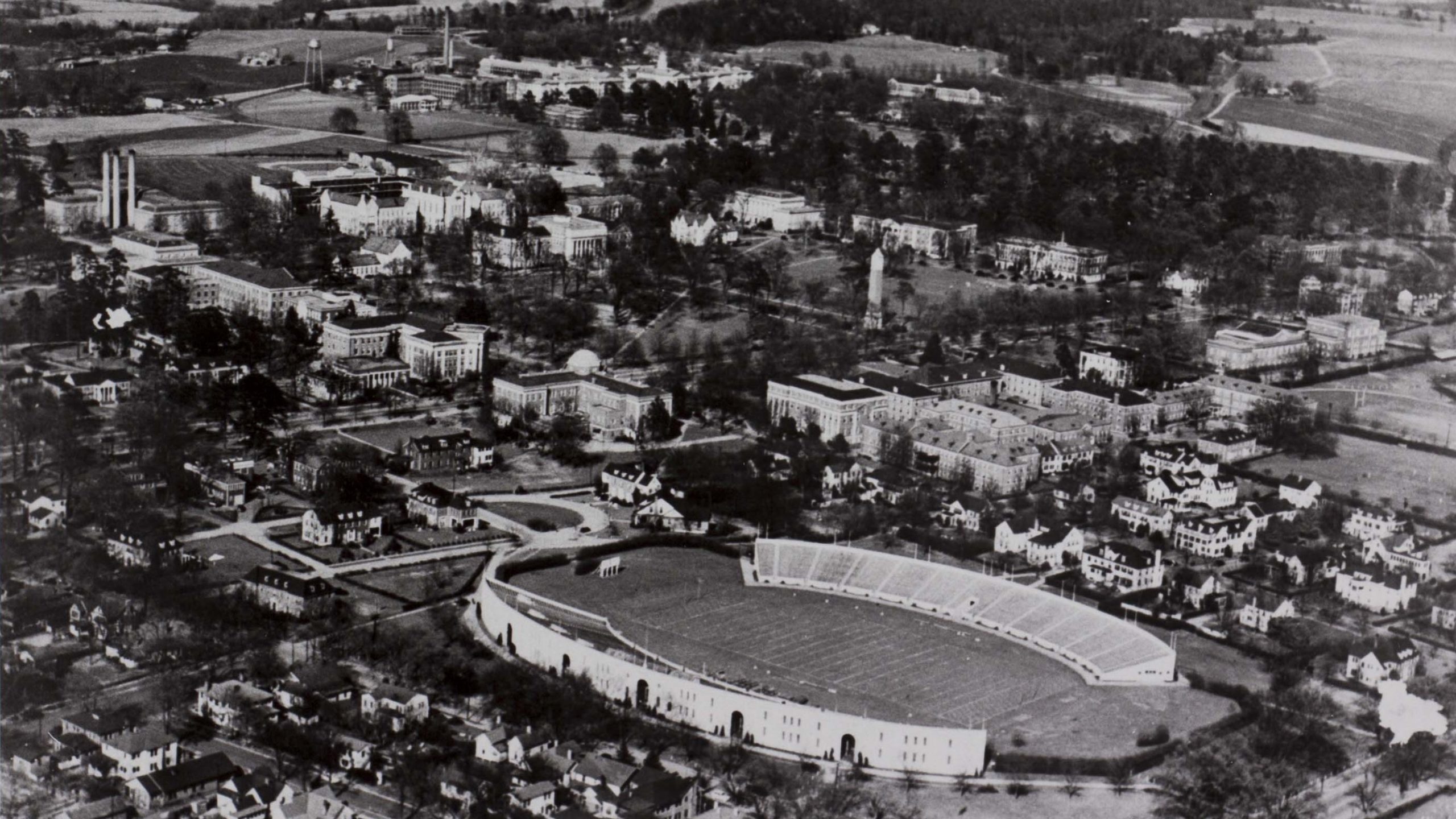
University Lands and
Real Estate Services
Our department is committed to the responsible management and strategic optimization of the University’s land and real estate assets, ensuring sustainable financial returns while upholding environmental stewardship and supporting the University’s long-term mission.


